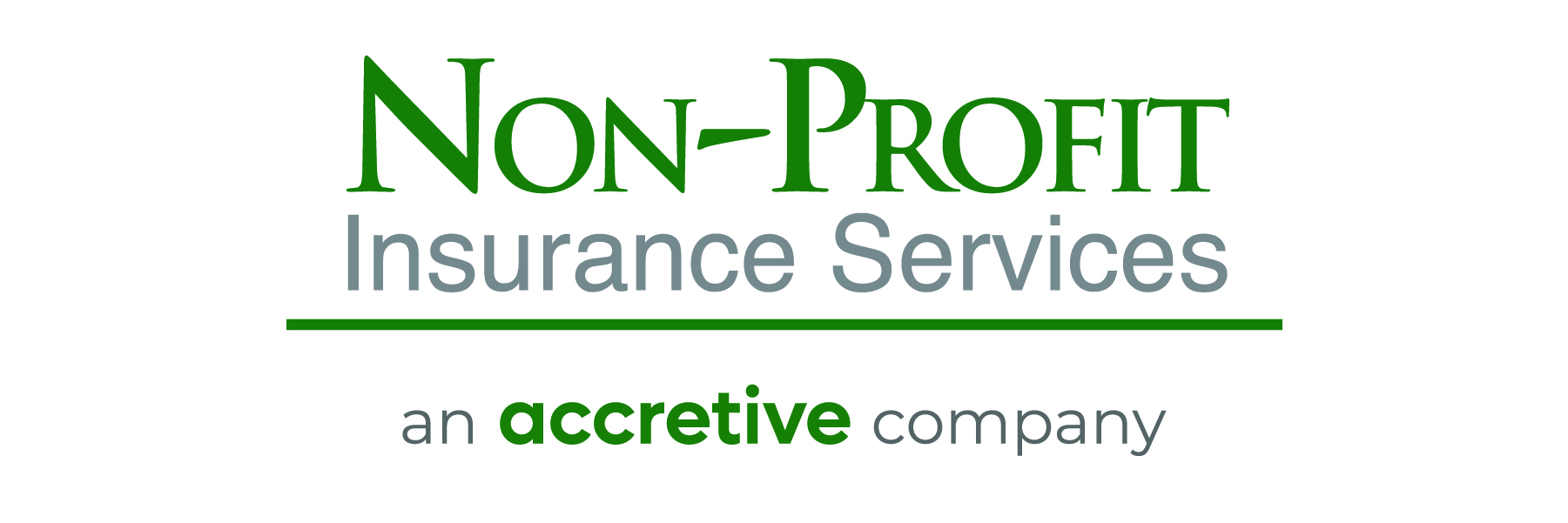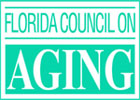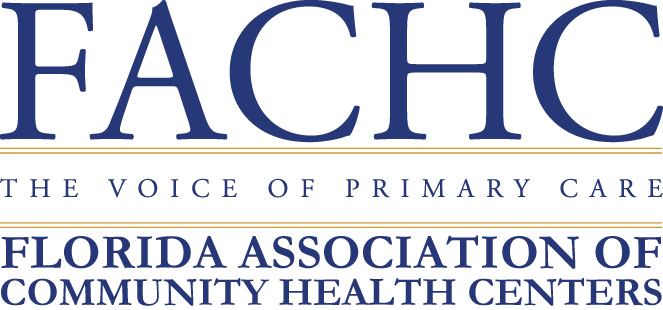Grant writing is a unique discipline that is unlike other types of proposal writing.
Proposal reviewers have dozens of documents to review, and just as hiring managers quickly discard resumes that don’t hit the mark, grant reviewers do the same with poorly written grants.
Read Resource Associates’ new article, 5 Elements of a Winning Grant Proposal, to learn:
- How to align your message with the funding organization for better results
- How to establish your organization’s unique value to stand out among competitors and win funding
- How to ensure that your grant is perfect for submission
While you may have only one or two grant proposals to write at any given time, those who review grant proposals regularly have dozens to review – and often, in addition, their regular jobs.
Just as recruiters going through multiple resumes for an open job position do, grant proposal reviewers have a limited amount of time to sift through an enormous amount of information. They must triage applications quickly to narrow the pool down to those most worthy of further consideration. And just as a poor resume will quickly find an applicant discarded, a poorly done grant proposal likewise will find its way to the “no” pile and fast.
Great grant proposals stand out from poor and even good ones in clearly identifiable ways, and almost all share the common themes of careful attention to detail and strategic alignment of the requestor’s and grantor’s priorities and goals. Learn five factors that distinguish winning grant proposals from those that fail to secure funding.
1. They are meticulously thorough and address all the grantor’s requirements.
Often, the problem with an ineffective grant proposal isn’t the quality of the writing, the reputation of the requesting organization, or the worthiness of its stakeholders and community. Instead, what often diminishes a proposal’s effectiveness is a failure to thoroughly address the expectations of the grantor. Many proposals do a wonderful job of demonstrating the value of the organization doing the asking but fail to address specific requirements set forth by the granting agency or are not adequately tailored to speak to their specific audience.
While it’s not uncommon – and is probably very smart – to use templates to repurpose key messaging and information, it is critical to making sure every grant proposal thoroughly addresses specific requests and concerns outlined by the potential funding agency and is customized to speak to that specific agency. Create a spreadsheet that lists every requirement set forth by the funding agency and make sure that your proposal addresses every single one of them.
2. They focus on opportunity and capacity to build a better tomorrow rather than on the bleakness of any given present.
It’s tempting and seems appropriate to convey the direness of whatever situation you’re seeking to remedy, but that’s not the best way to approach a funder. While you naturally need to show where the pain is for the community you serve, it’s even more important to show how you would use the grant to provide concrete, quantifiable improvement.
Present yourself as a problem solver first and a messenger second. Funders need to see concrete ways their money will be put to use more than they need you to “make a case” for your community. Instead, show specific ways you will allocate the money to programs, services, and other offerings and demonstrate clearly how your efforts will create more desirable outcomes.
3. They establish how your organization is specially equipped to meet the community and the funder’s needs.
Never assume that your good reputation follows you and that your potential funders will be familiar with your organization’s mission, the scope of activities, populations served, and unique programs. Whether you do a concise (very concise!) “about us” section at the beginning of the proposal, or whether you instead want to weave specific information about your organization throughout the proposal, your brand and your value must come through.
There are more than likely many organizations that are very similar to yours. Make sure your proposal shows how you are different – and most importantly how that difference translates into better results. For example, if you have an innovative program or service that is far outpacing your competitors, showcase that – obviously, without drawing attention to your competitors.
4. They know exactly who they are talking to.
Not doing your research is a fatal flaw. Know your potential funder intimately. Again, use the HR analogy. Just as you would never send in a sloppy resume or cover letter that doesn’t speak directly to the position you’re applying for, a poorly targeted proposal that shows little knowledge of its audience and speaks in generic terms is doomed for the wastebasket. Align your goals and mission with theirs – of course, within reason. Highlight the synergies between your mission and goals and theirs. But beware: There is a fine line between modifying your approach and solutions to speak to the funder’s needs and desires and obvious pandering. Use your message in a way that shows your organization’s natural fit and alignment with the funder; do not appropriate their messaging and make it fit your needs. That will be seen as desperate and sycophantic. Your funder wants a trusted partner, not an acolyte.
5. They are thoroughly vetted and reviewed before submission.
You should treat your grant proposal as you would any important document. Just as you would your annual report, letters to donors, or any other communication that leaves your organization and lands on another’s desk, establish an editorial review process. Grant writing isn’t like other types of persuasive writing. It has its own language and “rules.” Have someone – or many people – work with you during the production of your proposal to ensure that the final product is as near-flawless as possible.
When your drafts are done, have an editor or team of editors who are experienced with grant proposals review and fine-tune your proposal. Don’t trust yourself to review your own work. Ever. Even if you’re a professional editor yourself. Those who edit their own copy usually have well-meaning fools for editors. It may be tempting, especially if you’re in a crunch – but it’s never worth it. Always have a second set – or several sets – of well-trained eyes.
Grant writing is a high-stakes activity that can sometimes feel like a shot in the dark. While there is no formula that inevitably produces a winning proposal, following the best practices above – while not guaranteeing you a bullseye – certainly will get you closer to the dartboard. If you don’t have the time to write a grant for yourself, or if you would like an experienced team to review your grant, Resource Associates is here to help. Get in touch with us and let’s work together to produce proposals that stand apart, get noticed and get funded. Complete the form below to request a free consultation.
Source: GrantWriters.net
Source: NonProfitTimes









